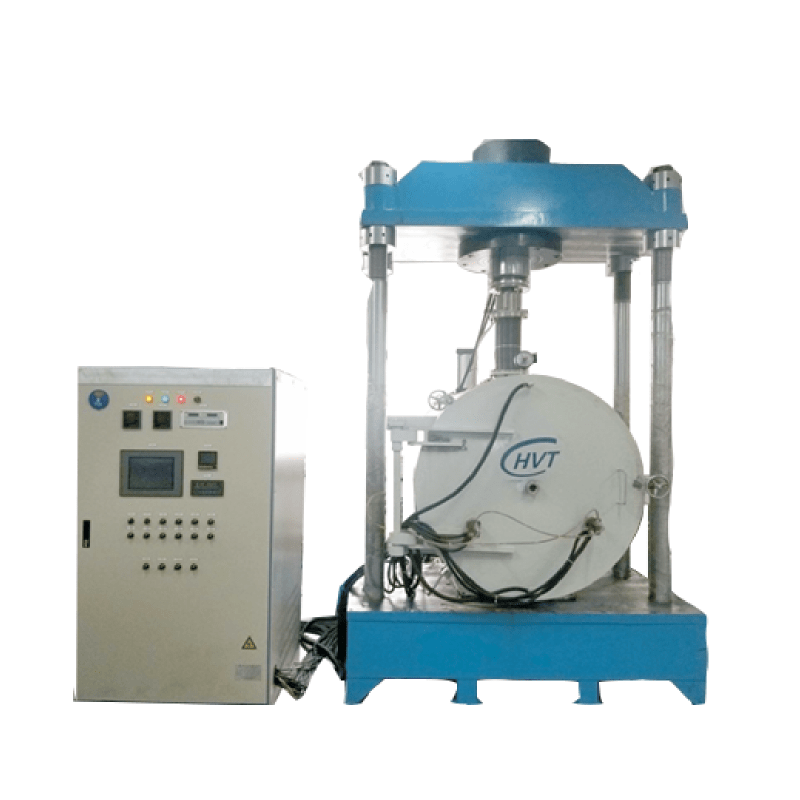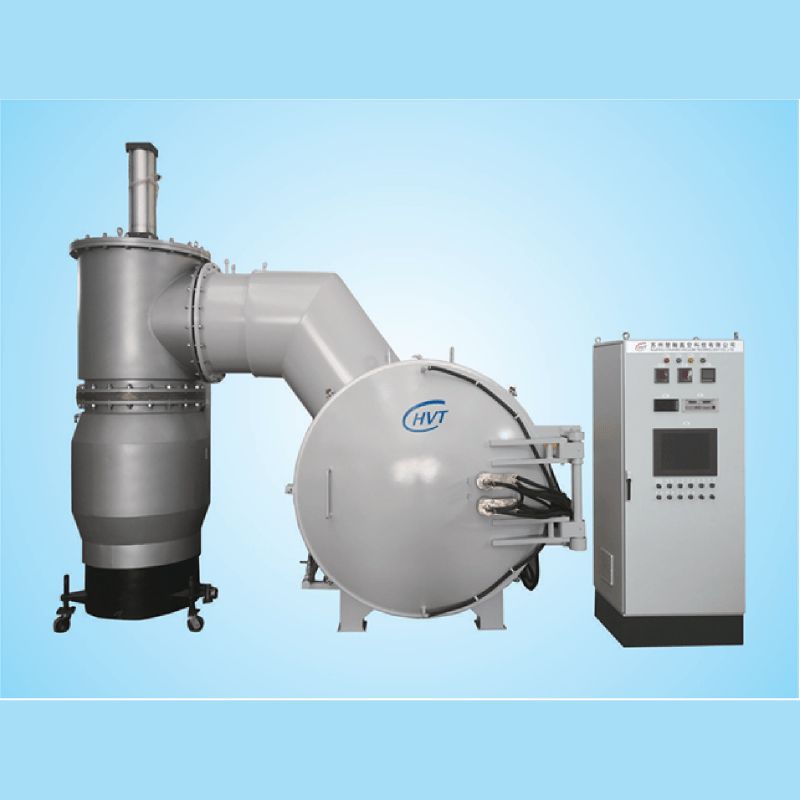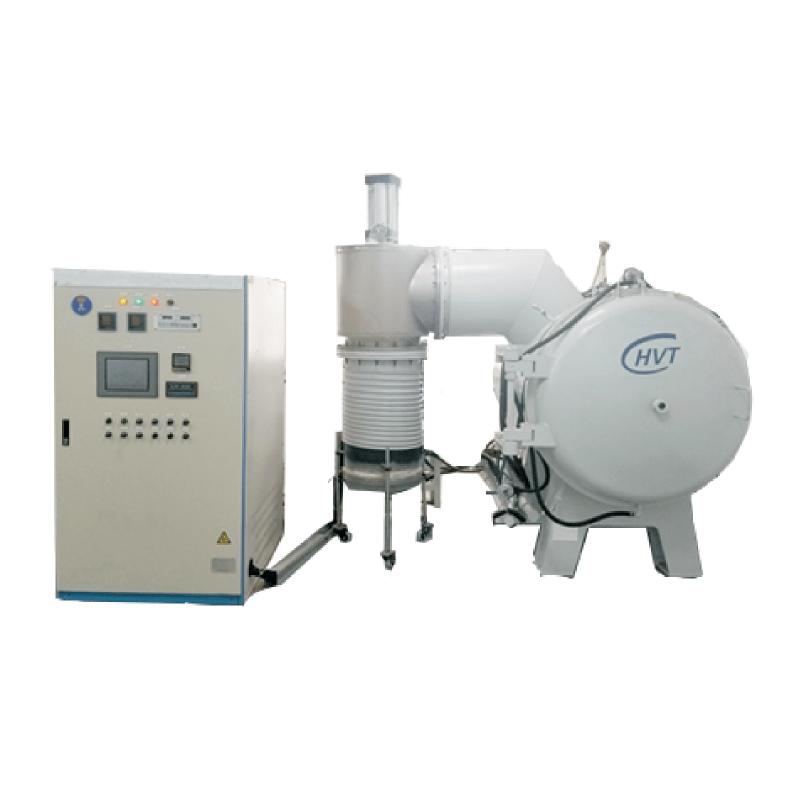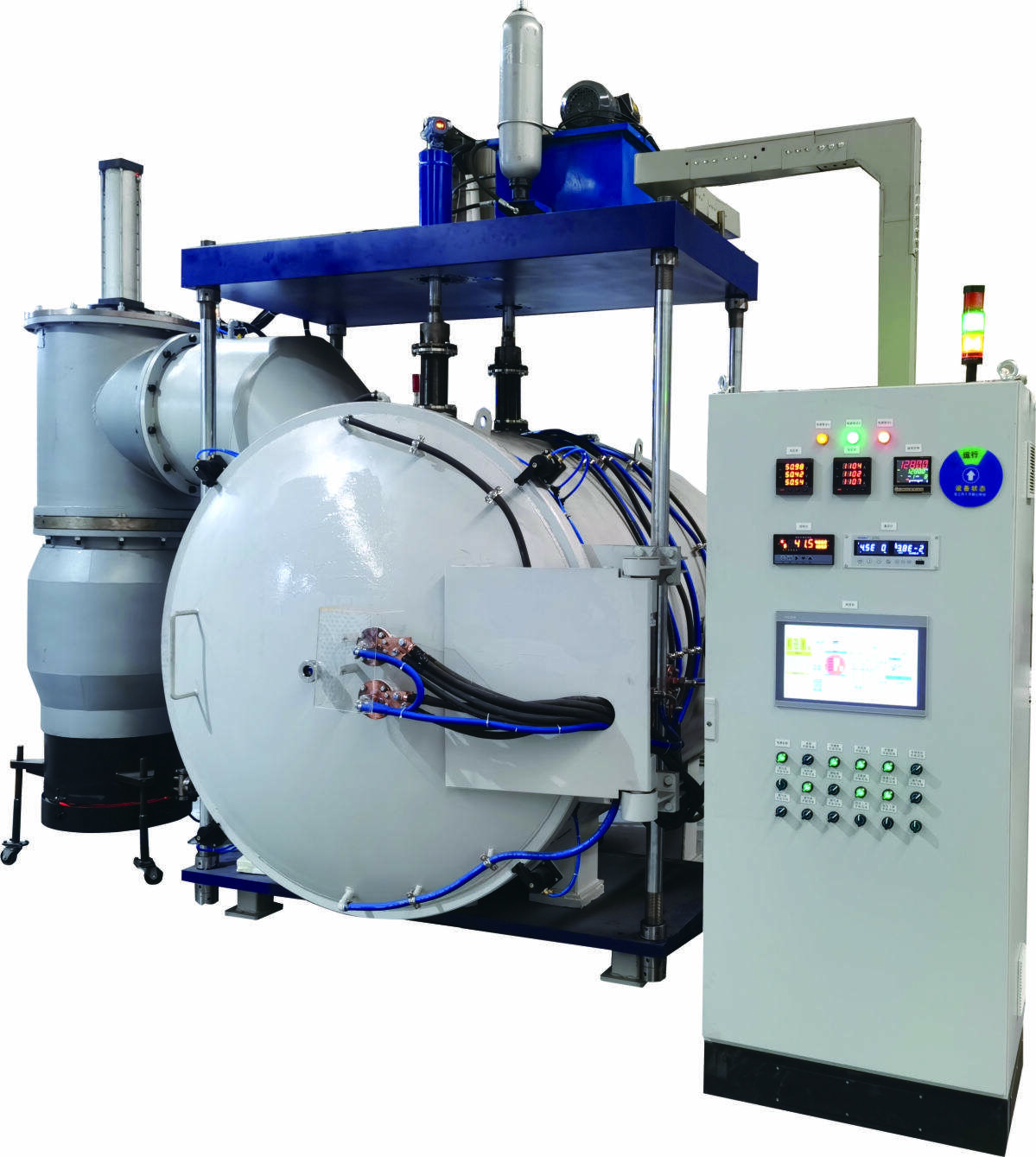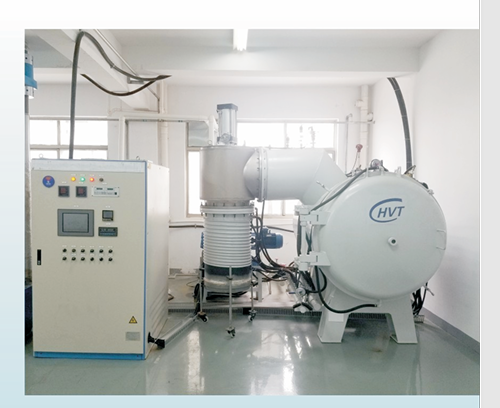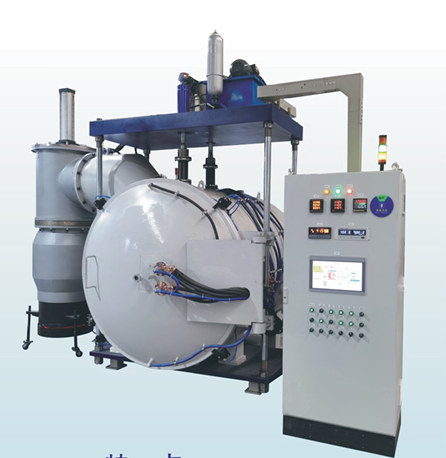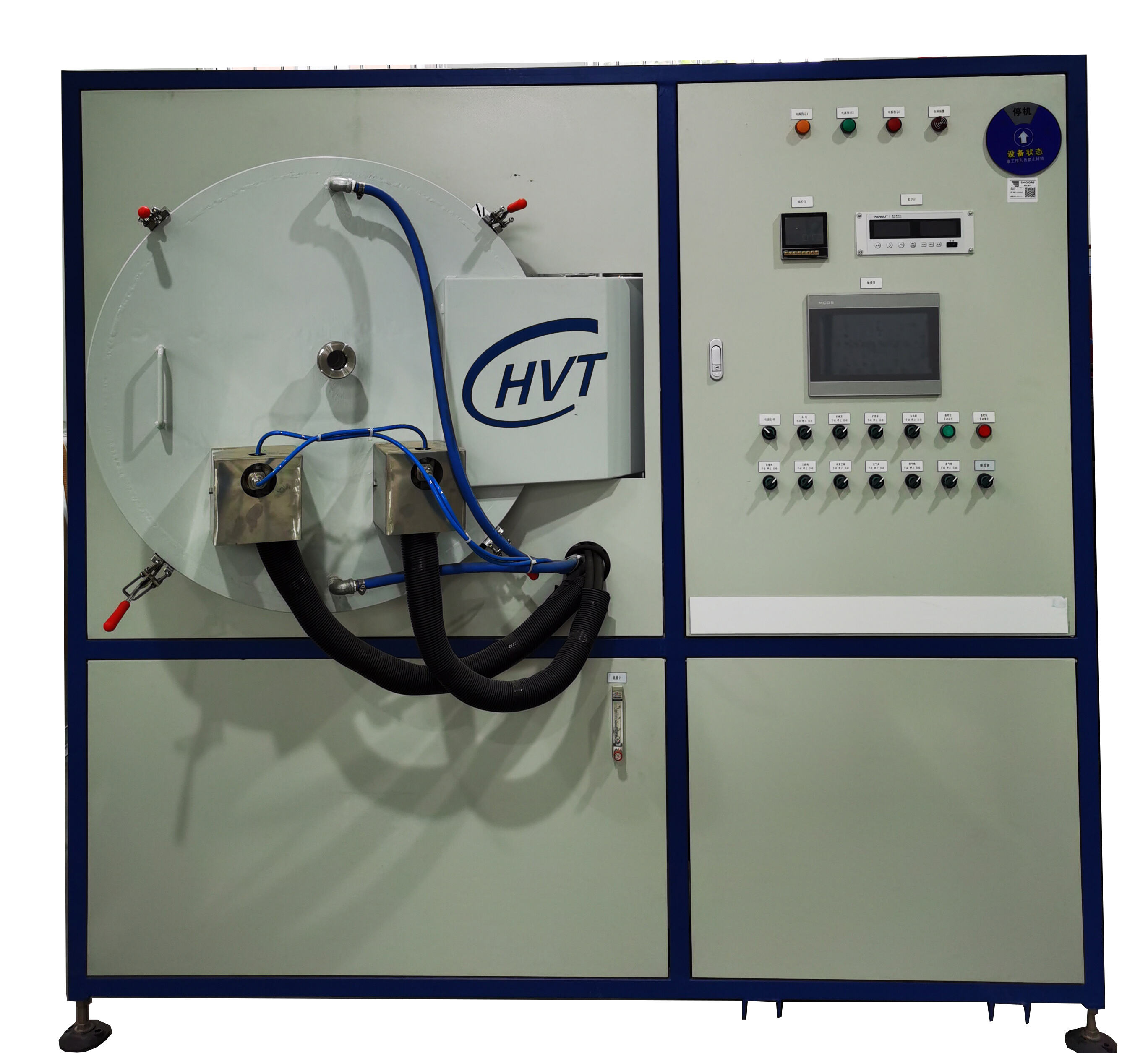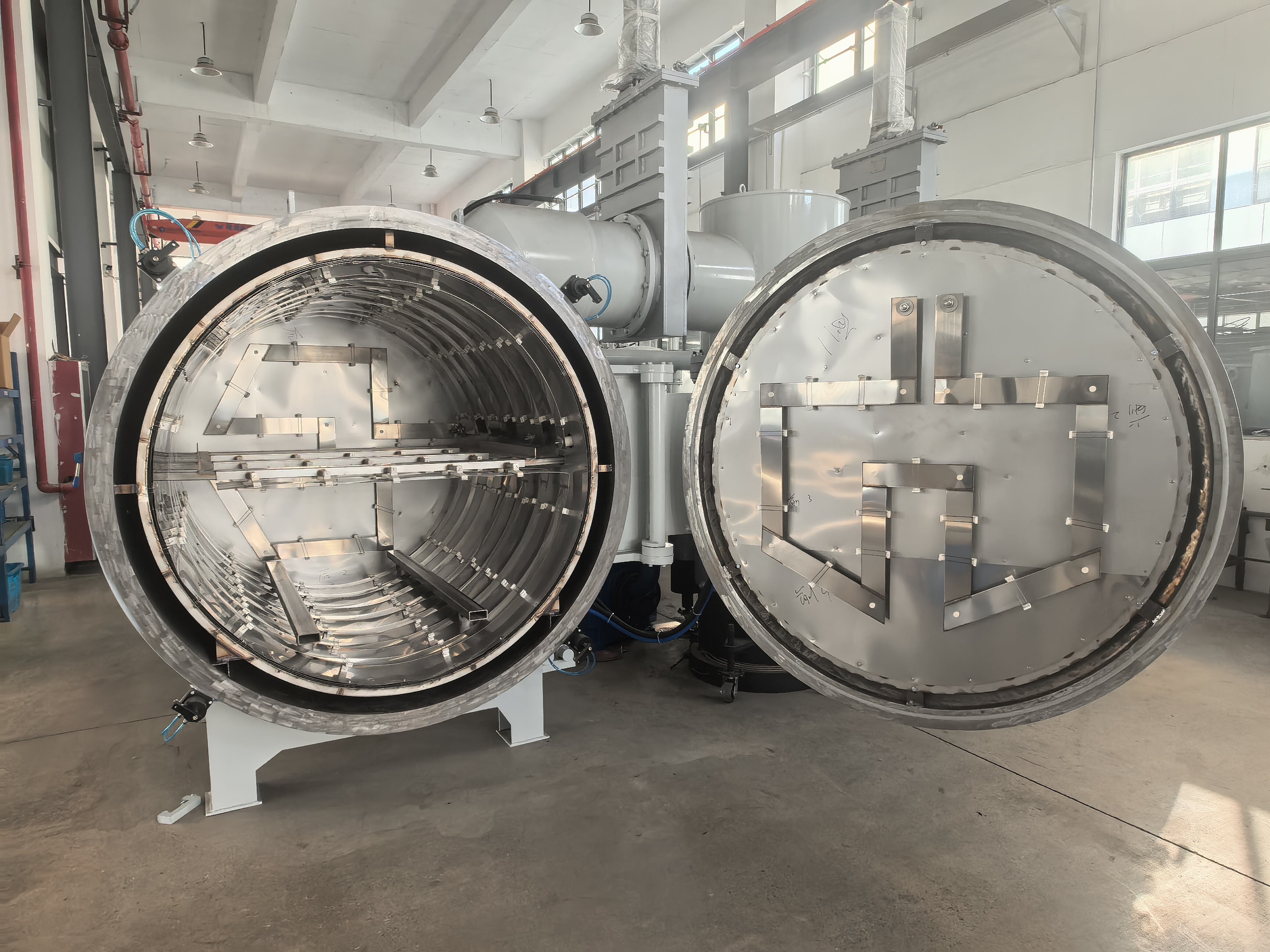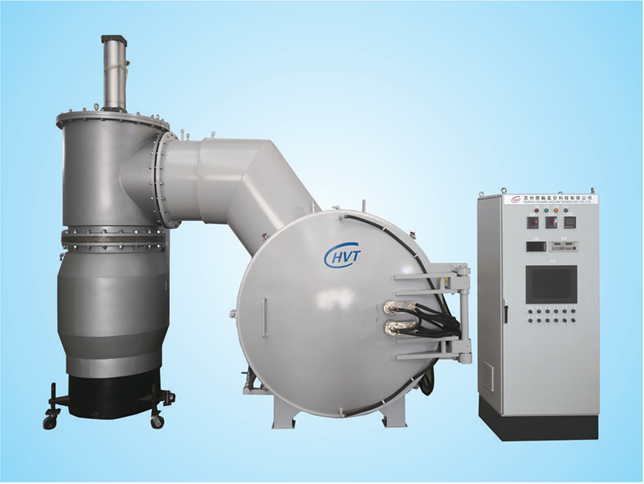large melting furnace
A large melting furnace represents a pinnacle of industrial heating technology, designed to efficiently transform solid materials into liquid state through controlled thermal processing. These sophisticated units operate at exceptionally high temperatures, typically ranging from 1,000 to 3,000 degrees Celsius, making them essential for various manufacturing processes. The furnace incorporates advanced heating elements, precise temperature control systems, and robust insulation materials to maintain optimal melting conditions. Modern large melting furnaces feature computerized monitoring systems that ensure consistent temperature distribution, energy efficiency, and product quality. These furnaces can process various materials, including metals, glass, and ceramics, with capacities ranging from several hundred to thousands of kilograms per batch. The design typically includes multiple zones for preheating, melting, and holding, allowing for continuous operation and maximized productivity. Safety features such as emergency shutdown systems, temperature alarms, and protective barriers are integrated into the design, ensuring operator safety and equipment longevity. The furnace's versatility makes it indispensable in industries such as metallurgy, foundry operations, glass manufacturing, and recycling facilities.

